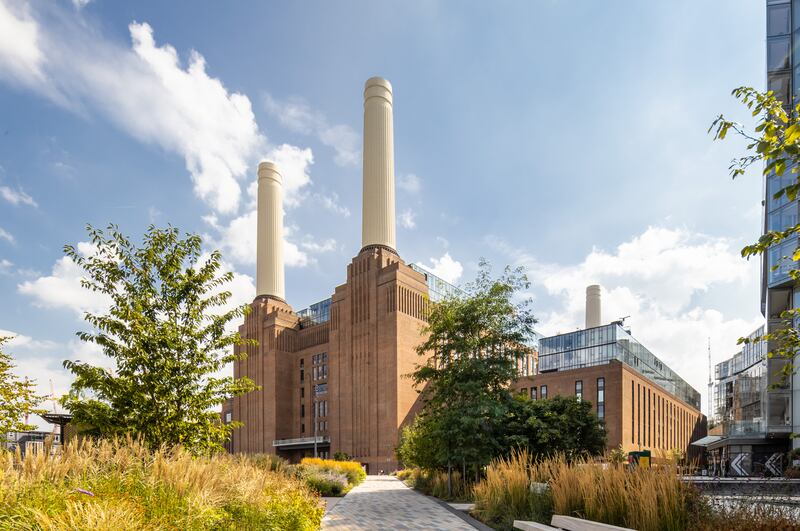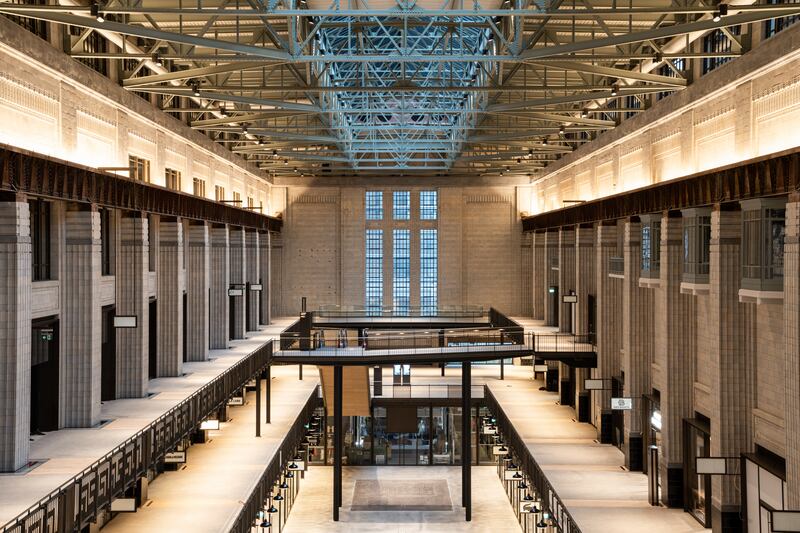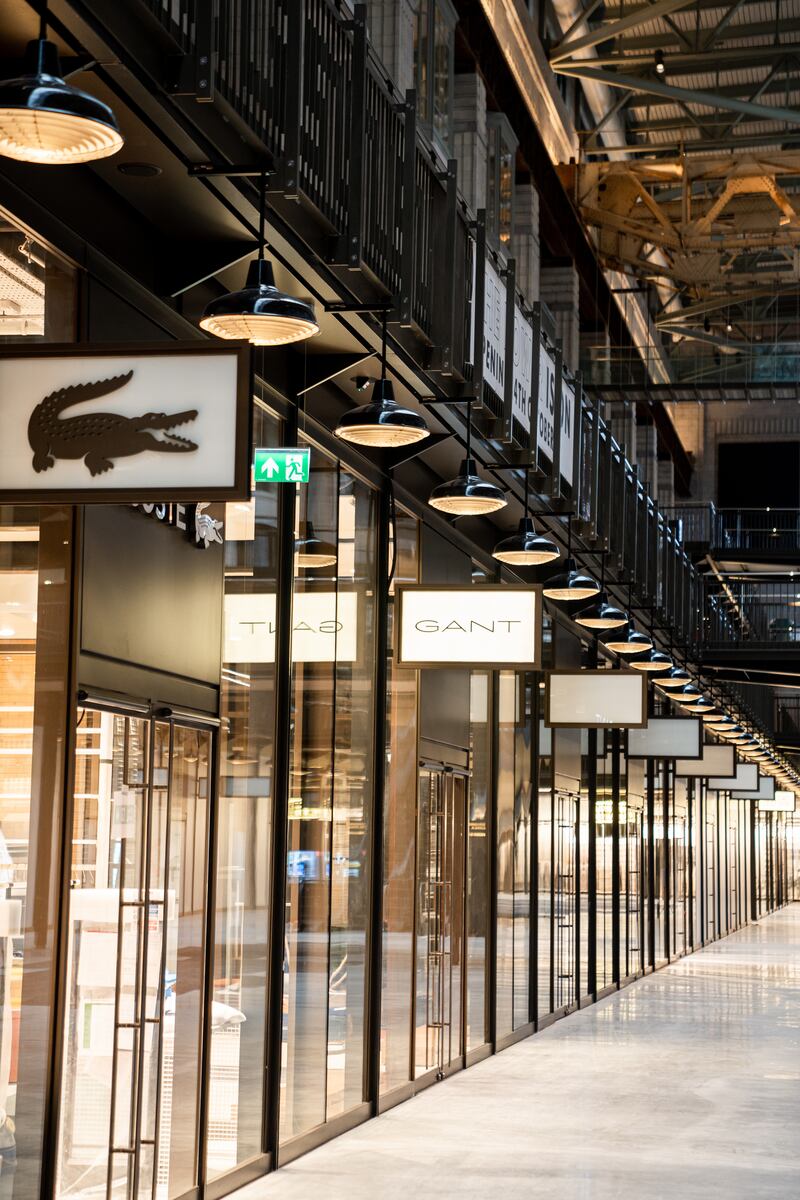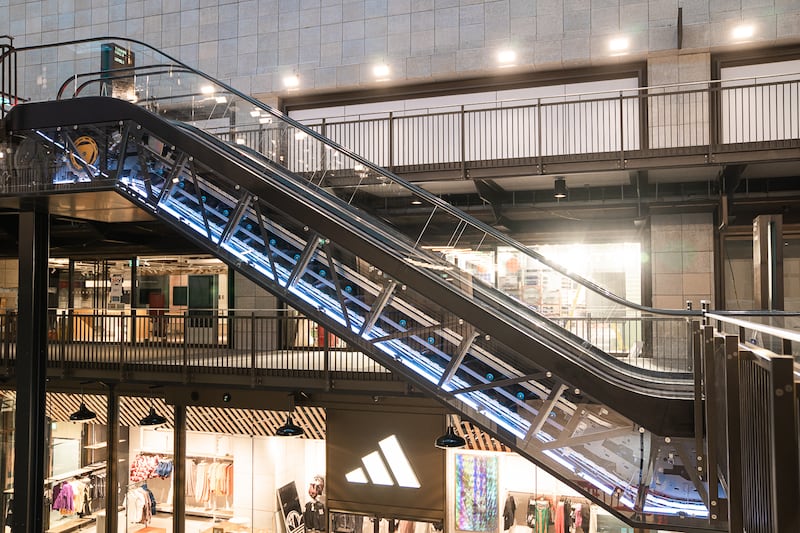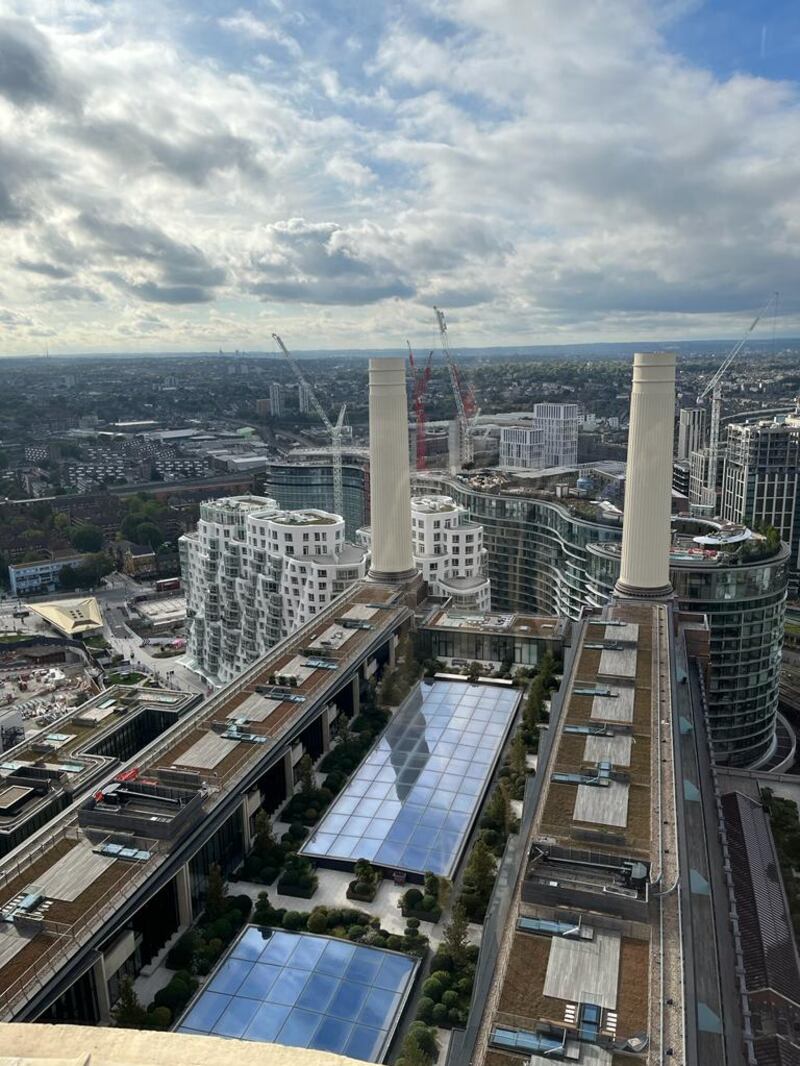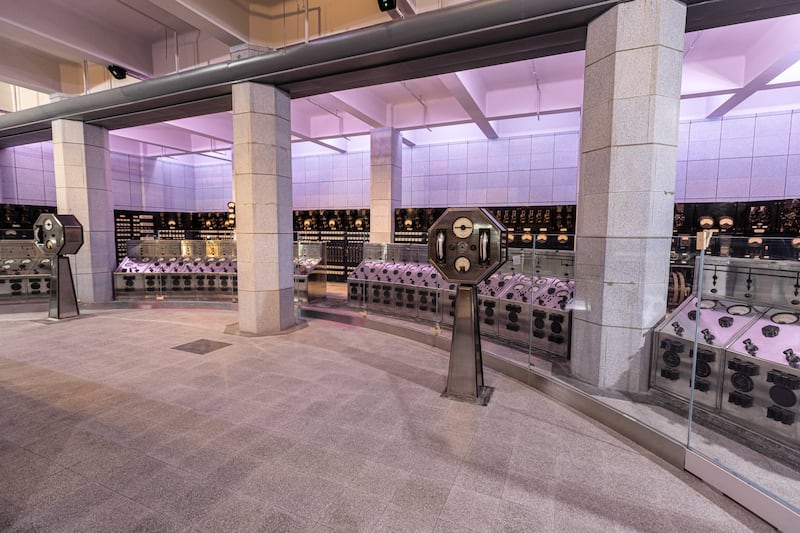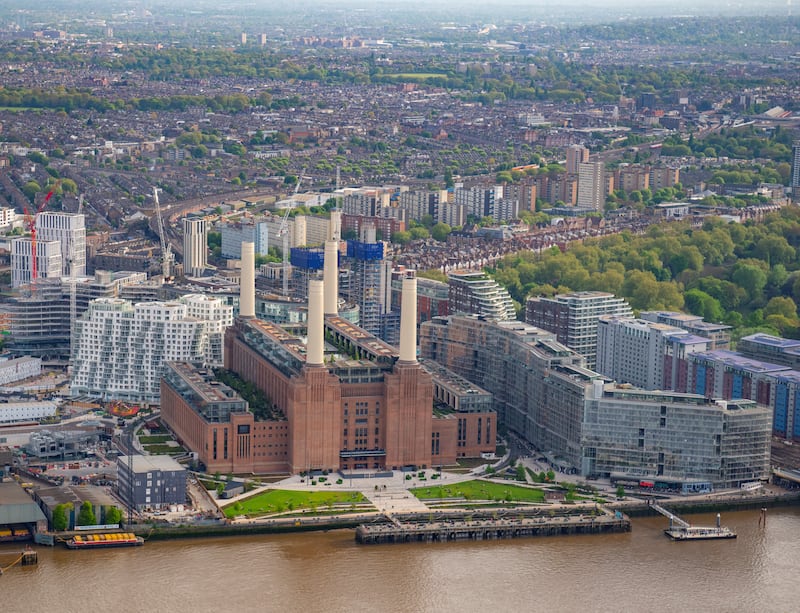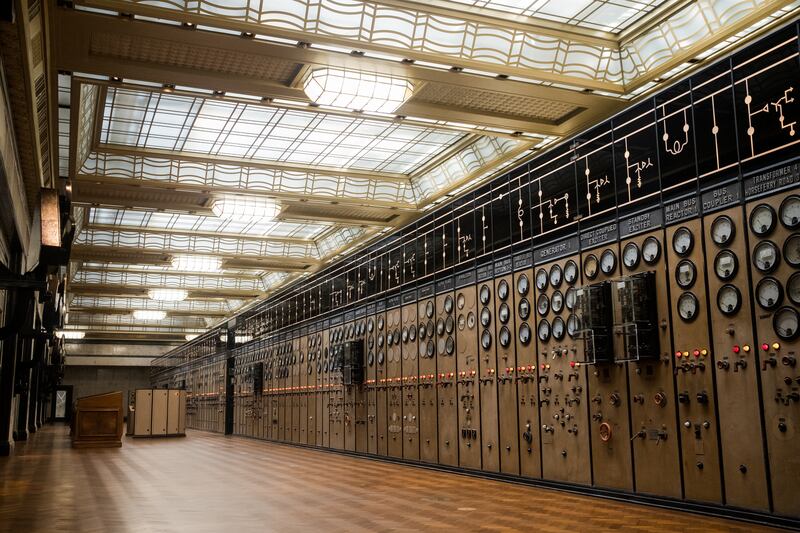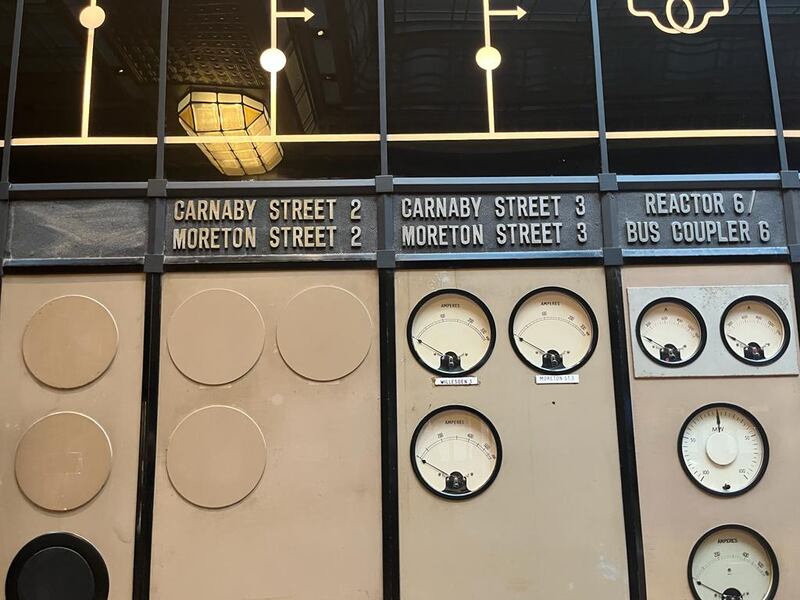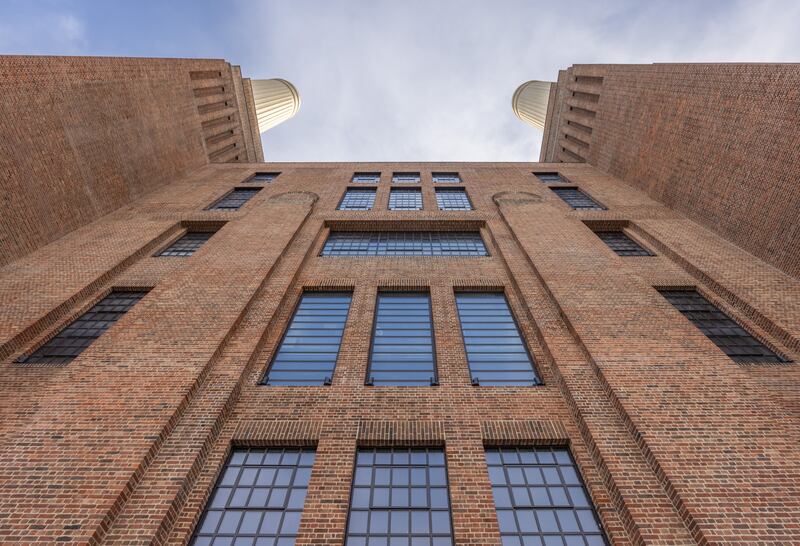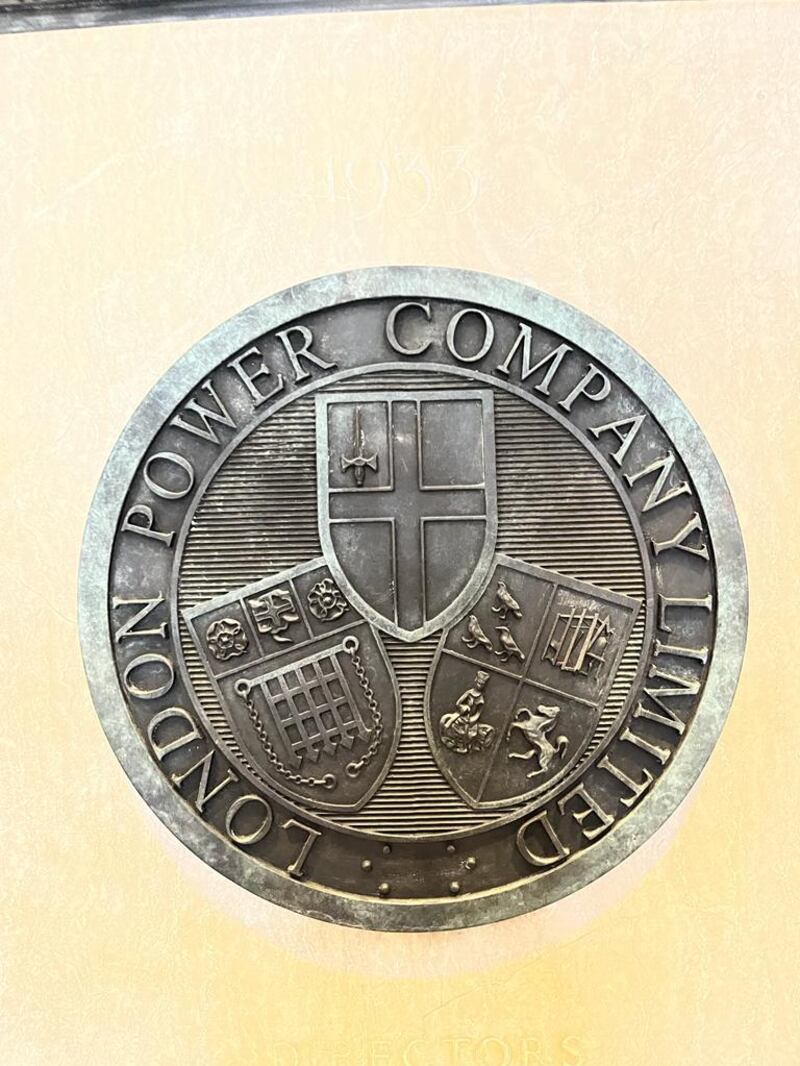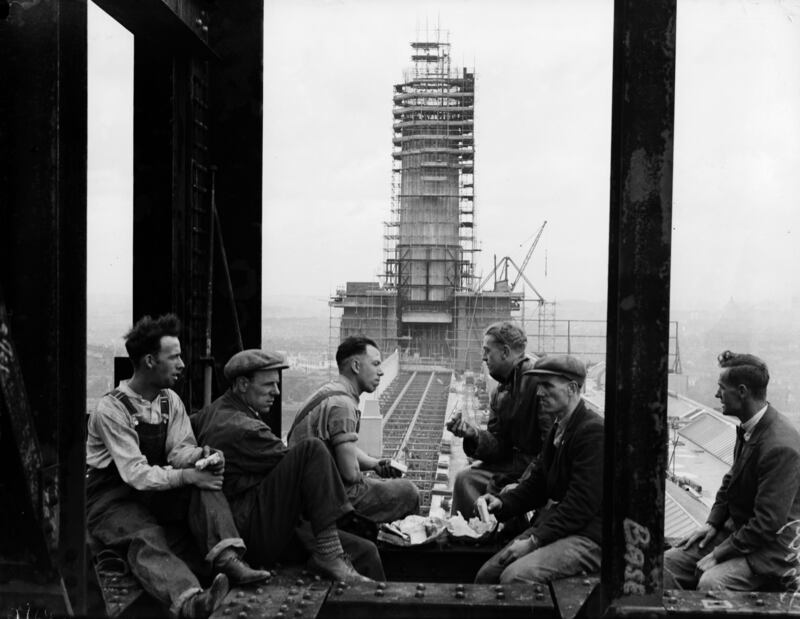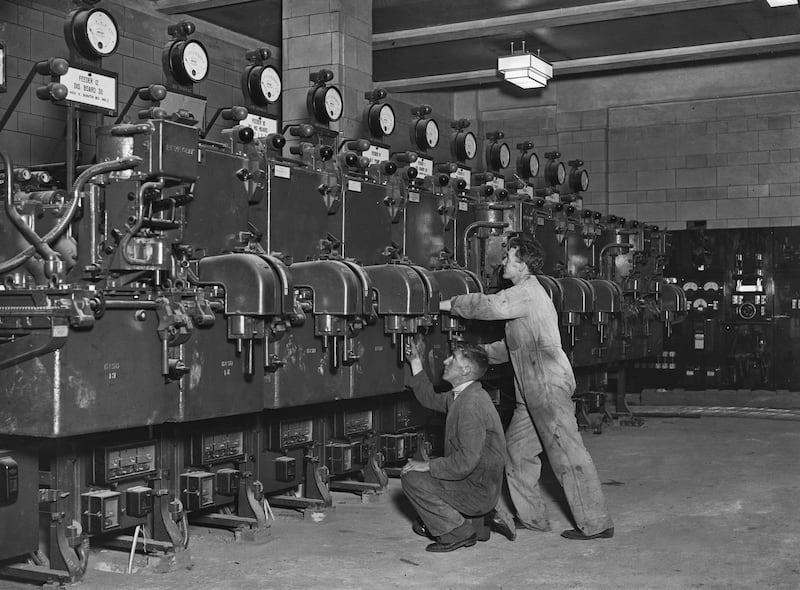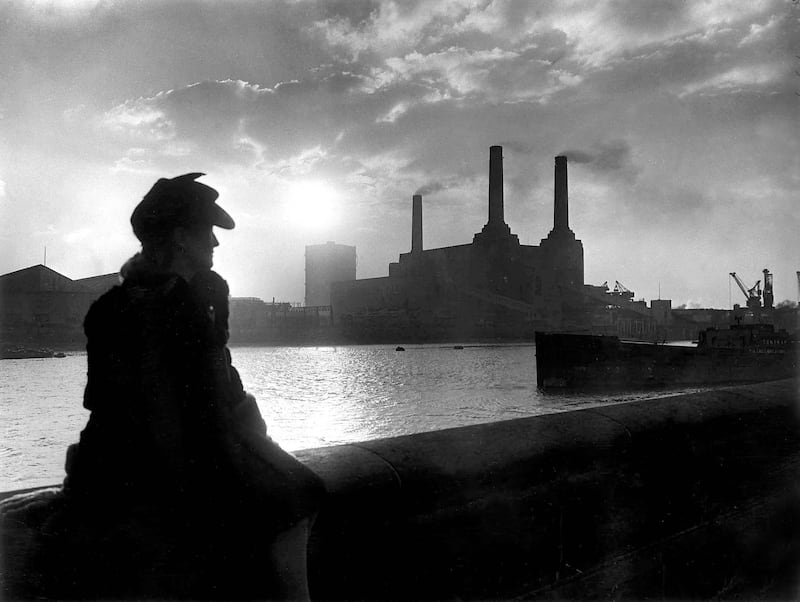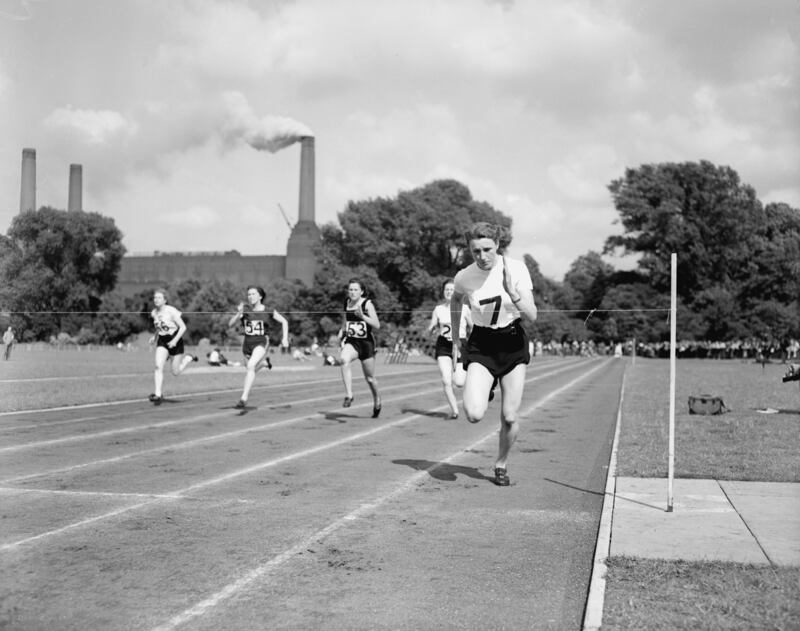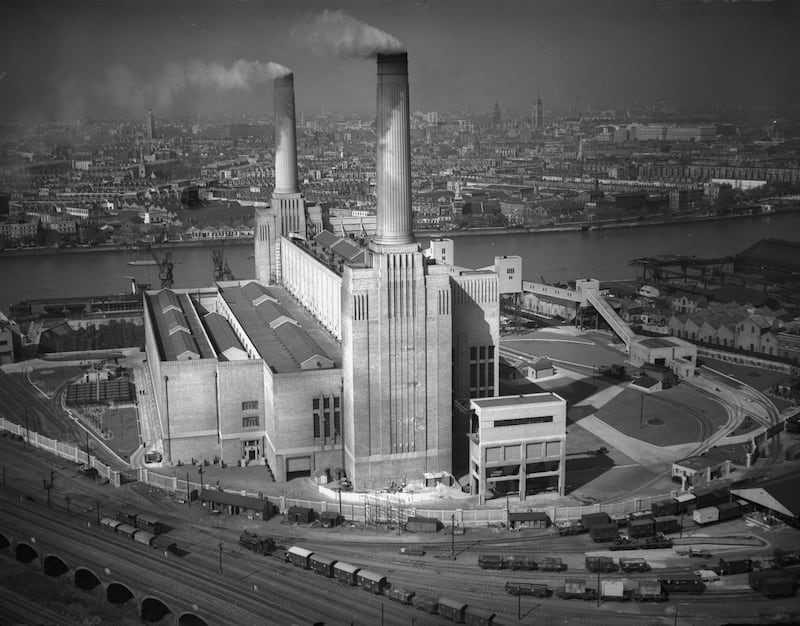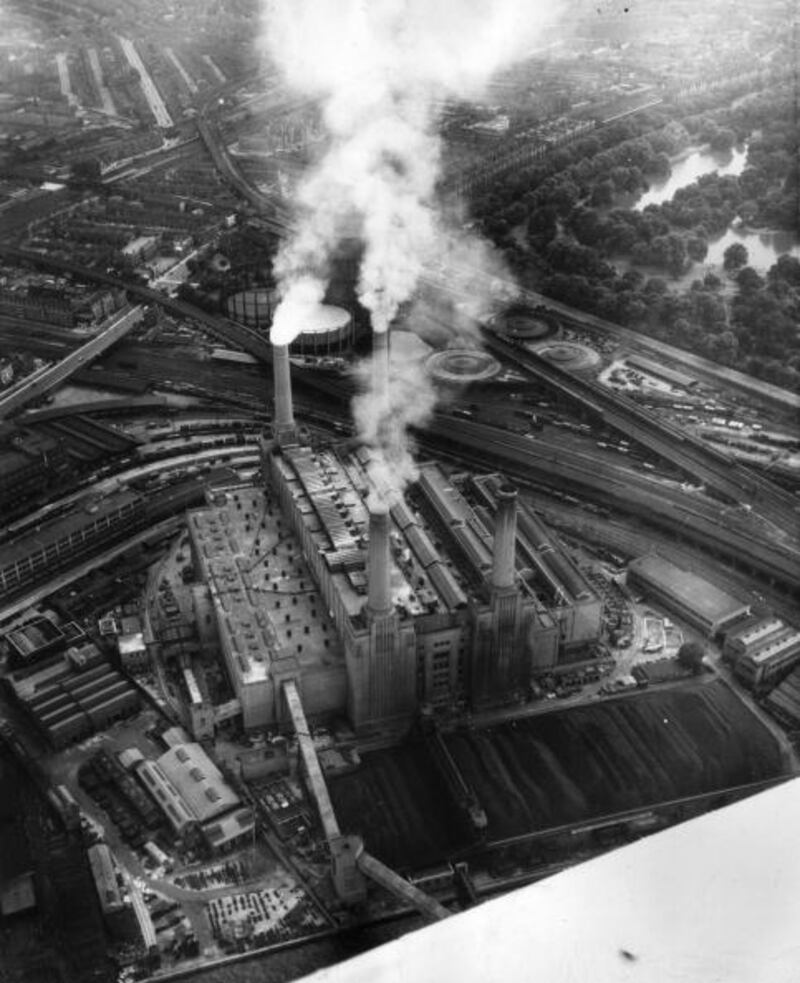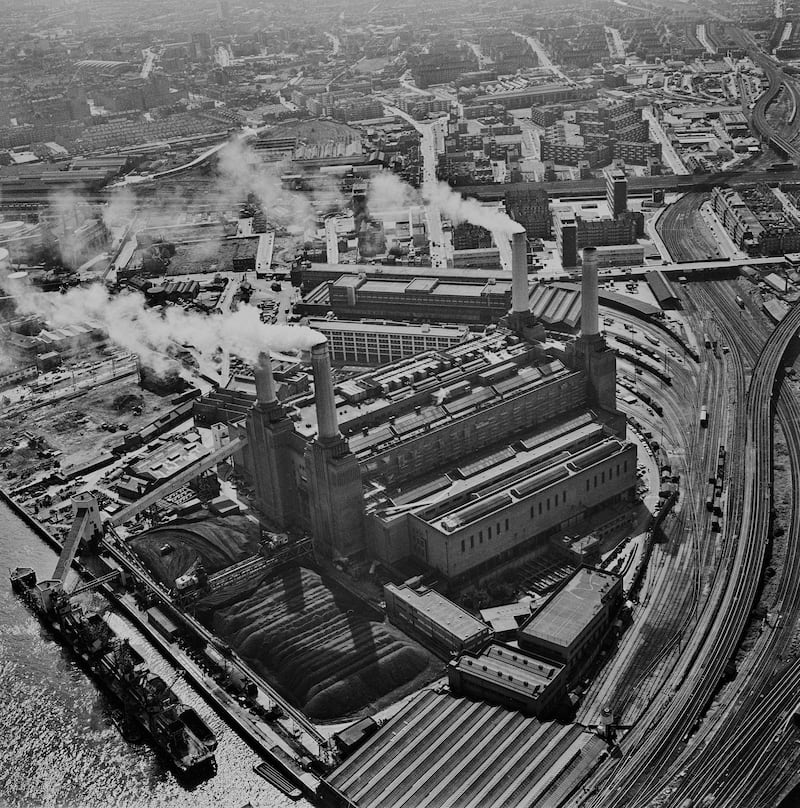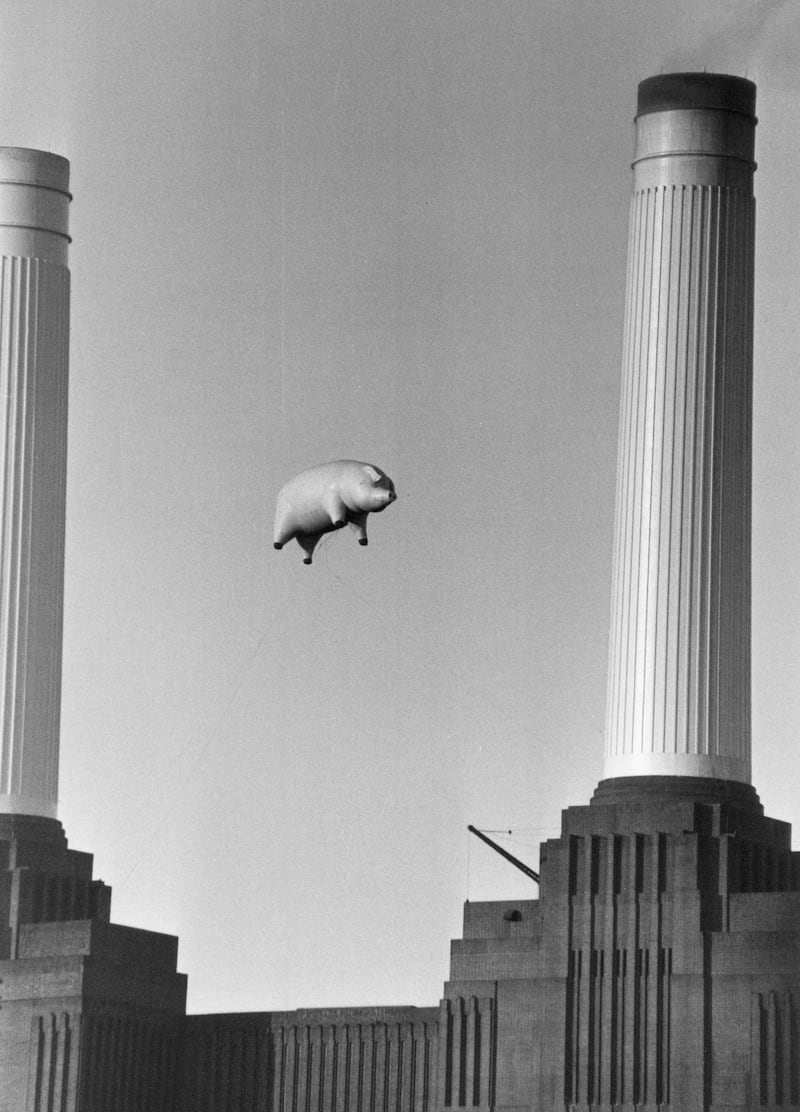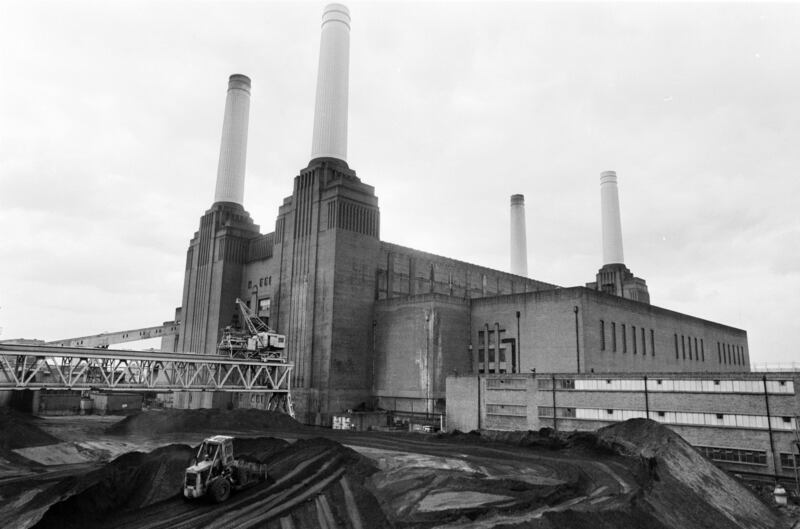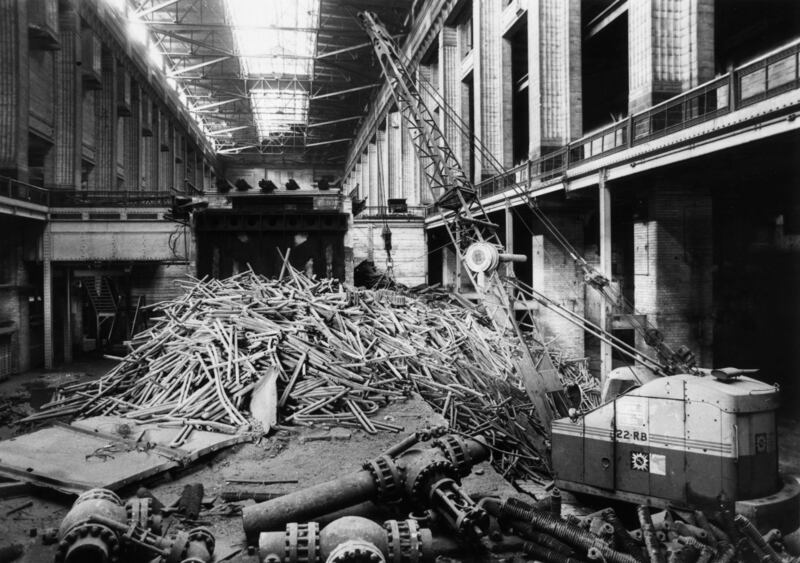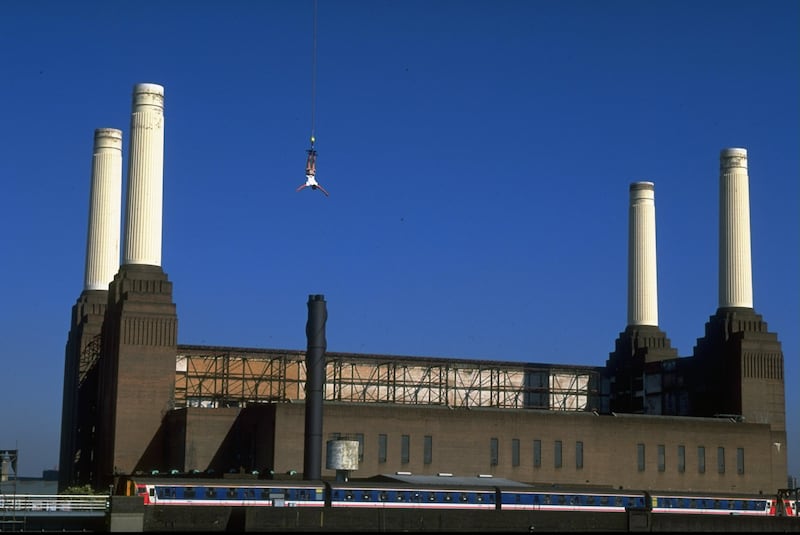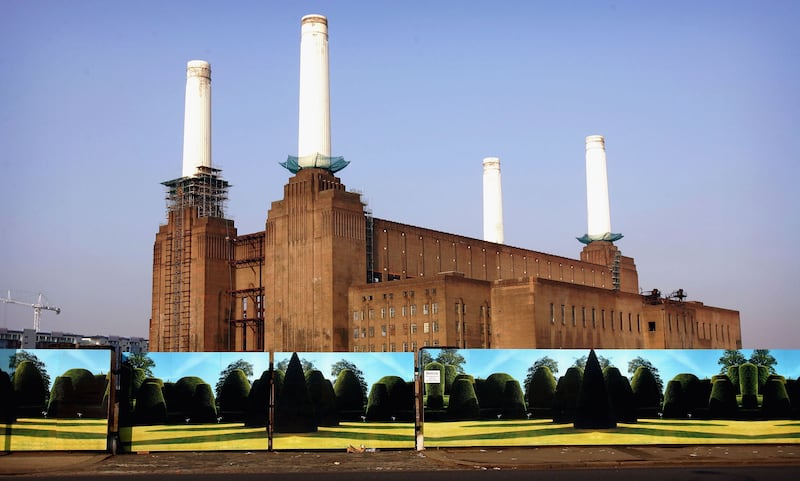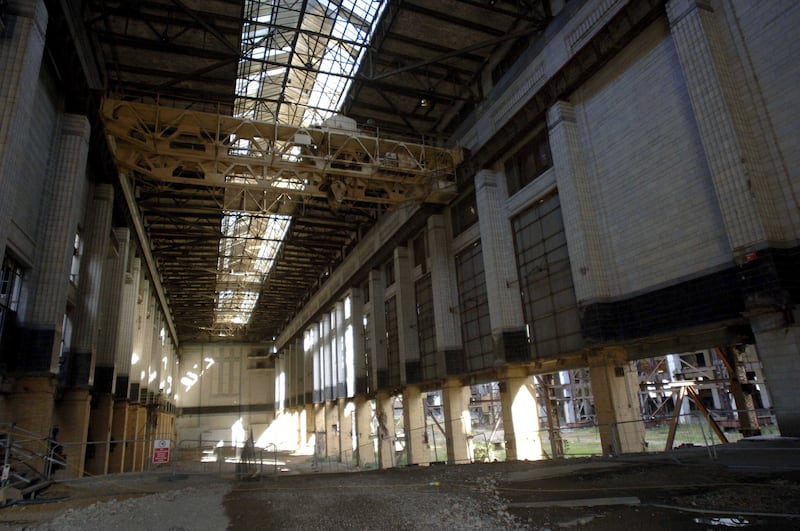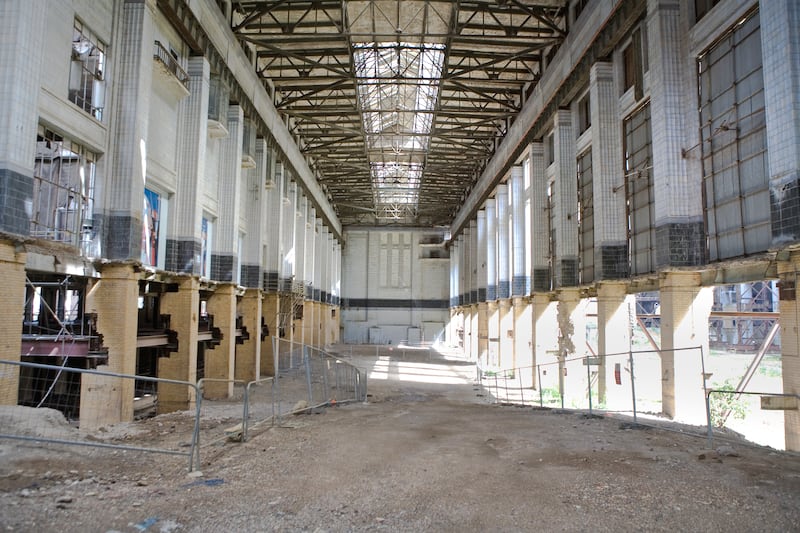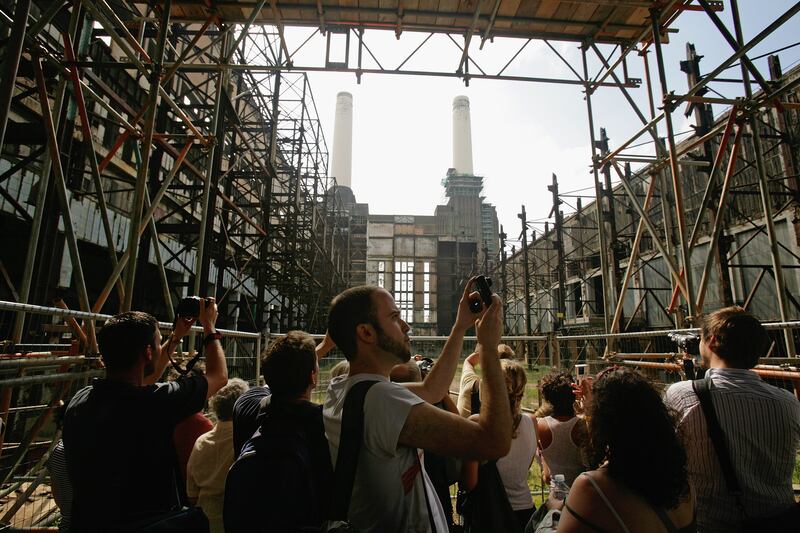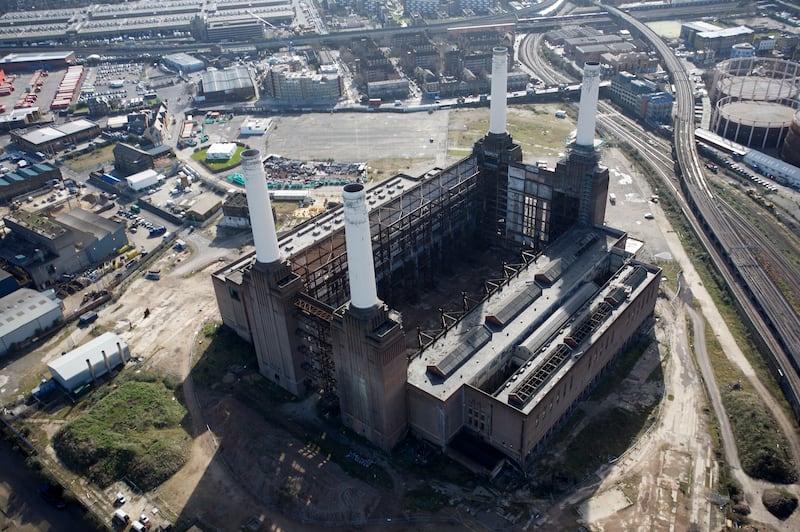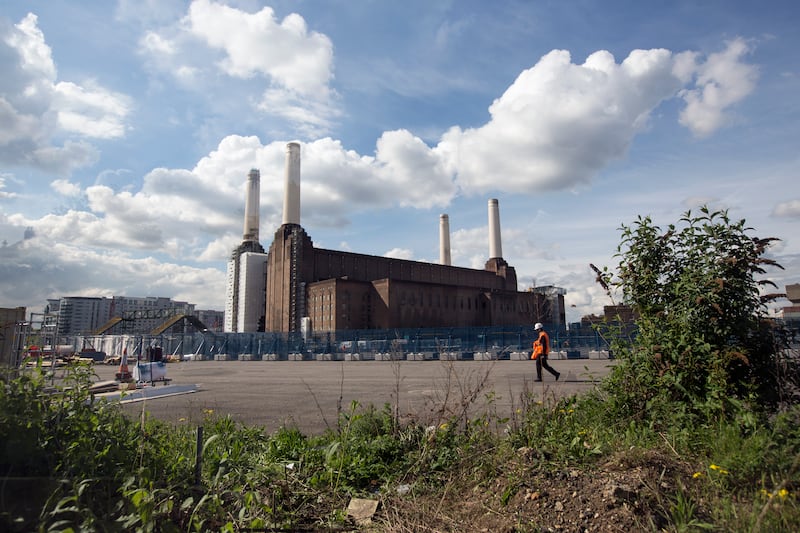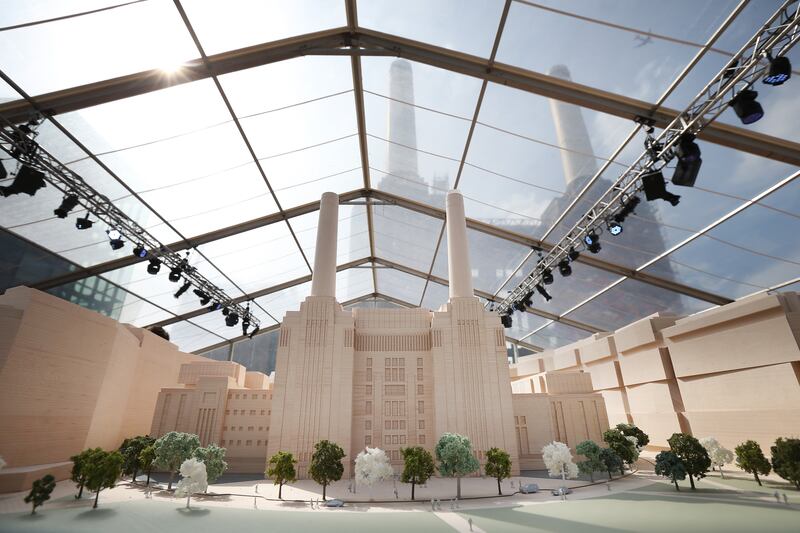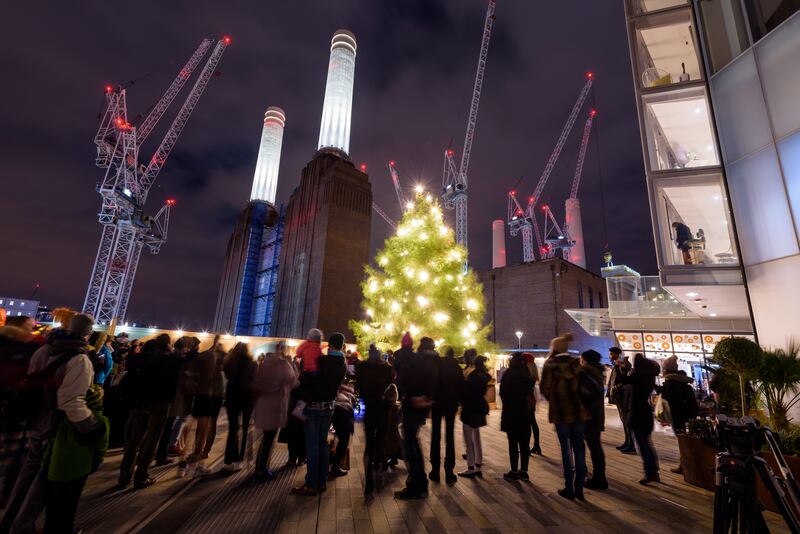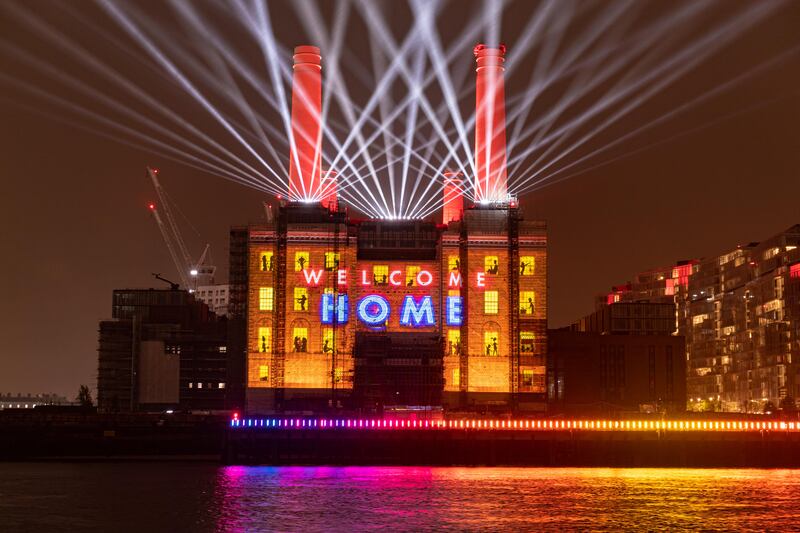After nearly a decade of restoration, and almost half its lifetime out of action, Battersea Power Station will finally open on October 14, creating a new visitor attraction for London.
The building, which has been a prominent feature on the south bank of the Thames since it first generated electricity in 1933, has undergone an extraordinary makeover. Its four corner chimneys were taken down and rebuilt brick by brick, its two turbine halls (one art deco from the 1930s, the other brutalist 1950s) painstakingly restored and its boiler house, which stood open to the elements after its roof was removed during a previous scheme, stripped back and turned into a grand atrium with more than a nod to its industrial past.
After £9 billion spending, its owners hope it will form part of a new “town centre” for south-west London, replete with 250 shops, restaurants, office space and luxury apartments. A new underground station serving the area opened last year.
It will open with a five-day festival of power featuring Arcadia’s ‘Lords of Lightning’, a multimillion-volt duelling spectacle.
But for visitors, the experience which may set it apart from other shopping destinations is the chimney elevator, called Lift 109. At 109 metres, it is not as high as the London Eye but taller than Big Ben.
A specially designed lift takes guests up the inside of its north-west chimney, allowing them to pop out of the top to be given a panoramic view of the London skyline and a new take on the power station’s past and present. It has a glass ceiling and sides, with the lift mechanism hidden so it does not spoil the view.
The experience lasts for around seven minutes and takes approximately 15 people at a time. An immersive experience about the power station has also been created.
Watch: New elevator shoots up Battersea Power Station chimney
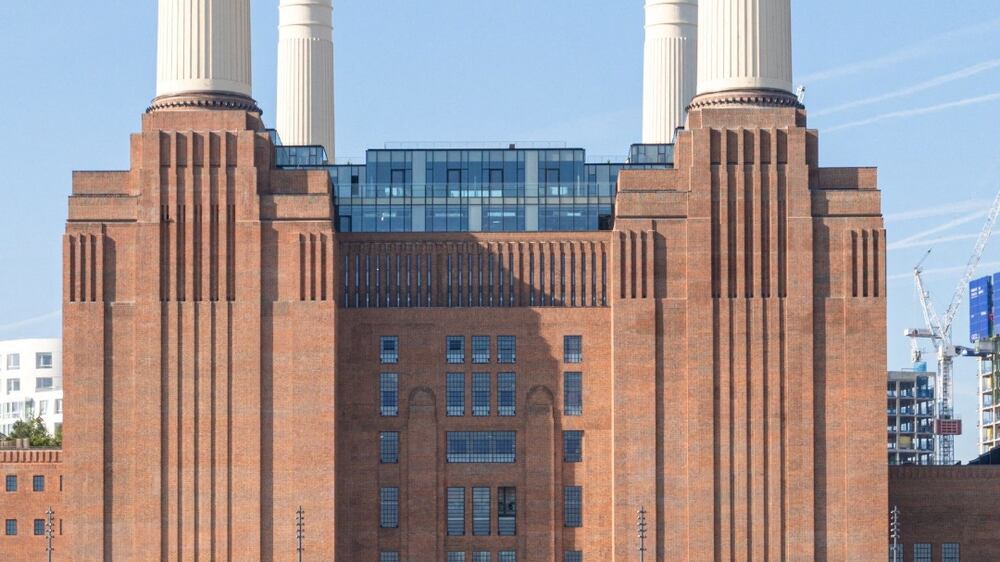
The chimneys are described as the “DNA” of the power station site.
Half a century expelling flue gases from one of the largest coal-fired power stations in the world had taken its toll and the chimneys needed to be replaced.
They were rebuilt to the precise specification of the original structures, using architects’ initial plans, to ensure they looked identical to the original but also meaning they will have the same lifespan as the rest of the restored building.
Place in London's history
Visitors to the rejuvenated power station will still see strong elements of its industrial past, from equipment that now stands as art, cranes and gantries that have been retained and even doors to the directors’ office which were found behind a reception desk still featuring the Greek symbols for power and energy. Six million bricks were used to construct the site, with 1.75 million new ones ordered from the original makers as part of the restoration.
Control room A, which featured in the multi-award-winning film The King’s Speech and will now be used as an events space, retains its original circuit display panels showing how 20 per cent of London was once powered. Eagle-eyed viewers will notice that Carnaby Street appears three times – the second and third displays were actually code for Buckingham Palace and the Houses of Parliament.
Simon Murphy, chief executive of Battersea Power Station Development Company, joked: “If you pulled the wrong lever for Carnaby Street, you would have turned off the kettle at Buckingham Palace.”
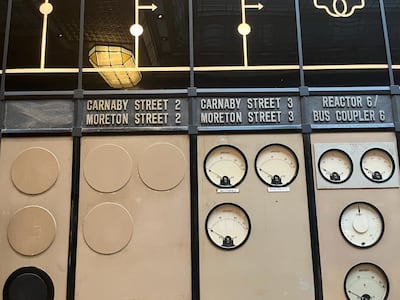
The power station's instantly recognisable chimneys were used by British pilots during the Second World War as a signpost that they had reached home. Perhaps surprisingly given its key role in powering London, it was not targeted by German bombers, as they also used it to navigate. One bomb did land in Turbine Hall A but did not explode.
Battersea Power Station — also notable for featuring on the cover of Pink Floyd album Animals — closed in 1983, leaving its future uncertain but locals insistent that the building should remain in some form.
A string of doomed schemes to find a new purpose for the building followed, including an amusement park and even a potential home for Chelsea FC.
Mr Murphy said the Malaysian consortium which bought the crumbling building in 2012 had proved the doubters wrong.
“Any number of people said they would fail as well,” he said, but pointed out that a lot of action in the first few months had proved key to success.
He remains confident that the project, which currently stands at 90 per cent occupancy or retail and 96 per cent for office space, will power through the cost-of-living and energy crisis as it had the disruption of Covid-19.
He said that as well as tourists, the development team hopesx to harness the spending power of locals, suggesting that 80 per cent of Wandsworth borough residents' spending takes place out of the area, “a £1bn a year leak.”
Up to 25,000 people will live or work on site. Apple has taken up the biggest share of office space, although it does not include an Apple store, while apartment blocks have been designed by Foster and Partners, and Gehry Partners.
An architect's dream (or nightmare)
There is no doubting the project was an enormous challenge. It was one of the largest brick buildings in Europe. St Paul’s Cathedral could fit inside the boiler house alone. Architects WilkinsonEyre set out to pay homage to its heritage and vision of original architect Sir Giles Gilbert Scott, who also designed the New Bodleian Library in Oxford and Liverpool Cathedral.
The project’s lead architect Sebastien Ricard said: “We didn’t want to over-restore the building, but keep the industrial feel.”
He is clearly proud of the restored 1930s art deco half, which involved removing every marble tile, fixing the 90-year-old parquet floor and scraping off decades of pigeon faeces. But when asked which turbine hall he preferred, the almost Soviet-style hall B gets the nod. “Art deco is more photogenic,” he told The National. “But B is quirkier, you could do more with it. Nothing is symmetrical, we had to work with that and make sure it didn’t look like a mistake.”
Mr Murphy said: “Opening the building to the public for the first time in history in just a few days’ time is a monumental moment for the project. We can’t wait to welcome the first visitors and show the local community, Londoners, and the rest of the world, the historic beauty of the Grade II*-listed building.”
